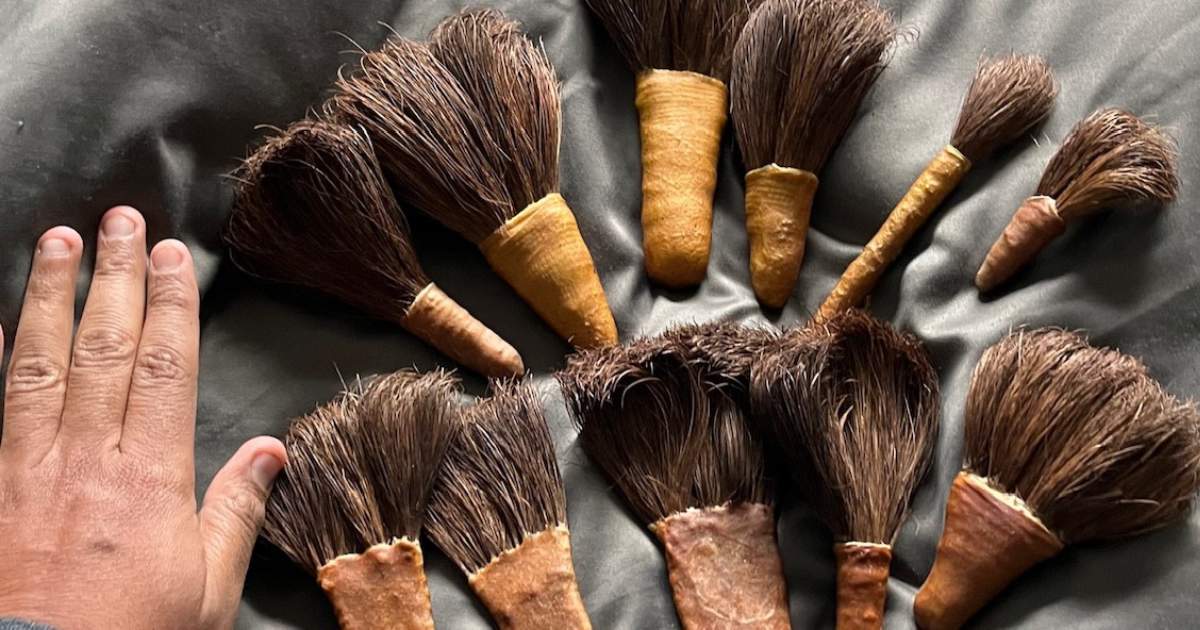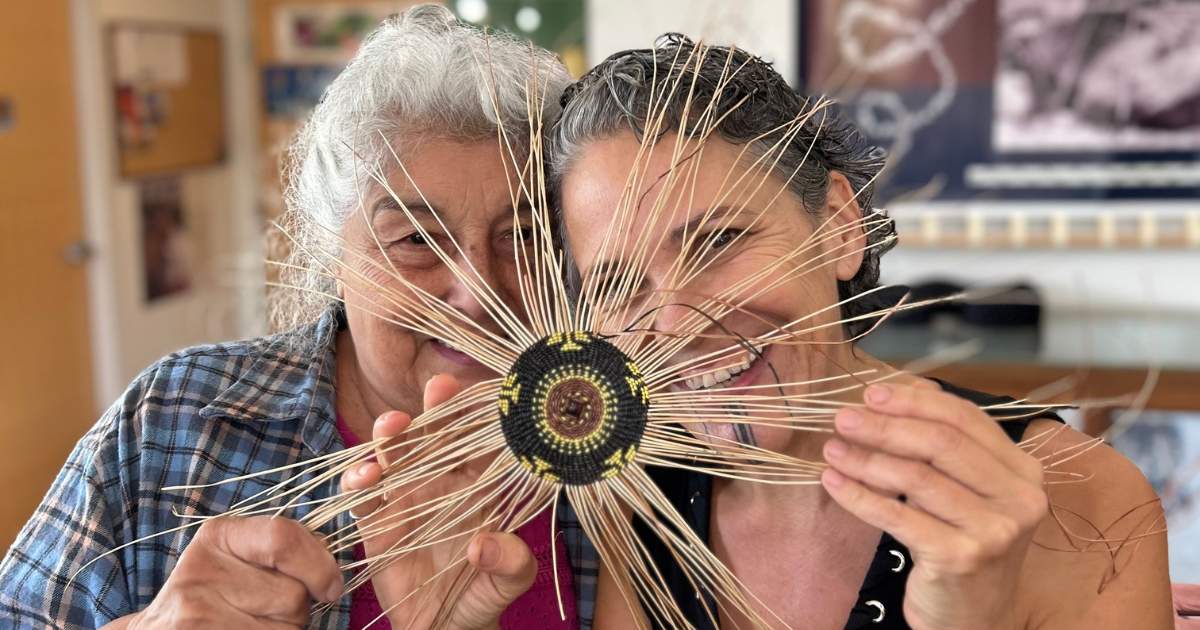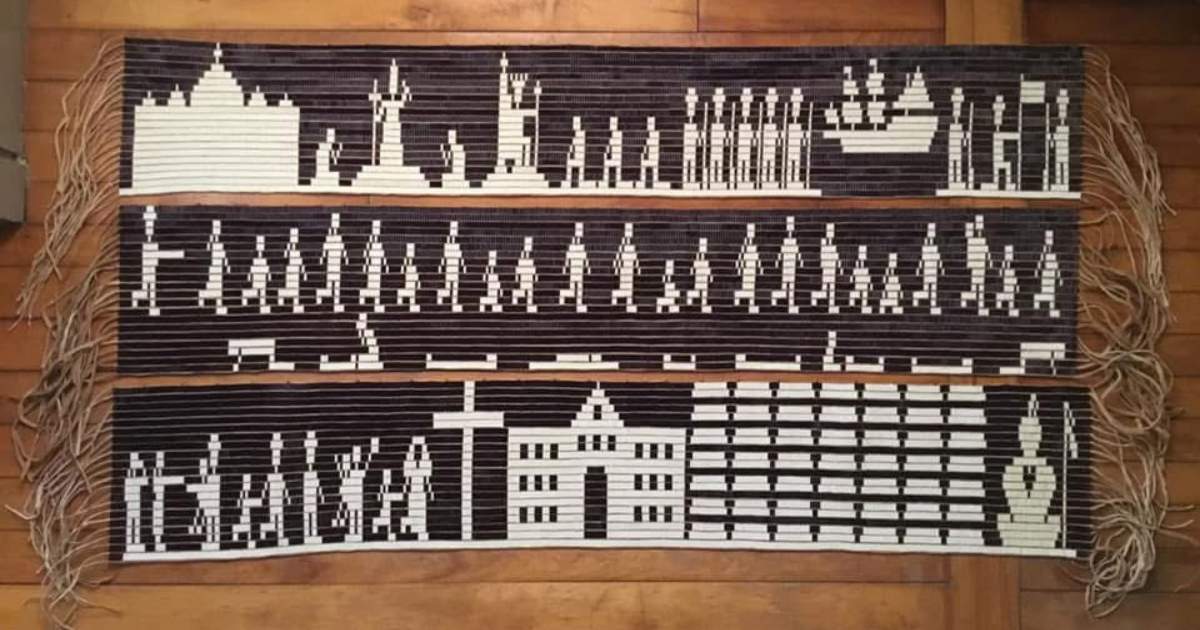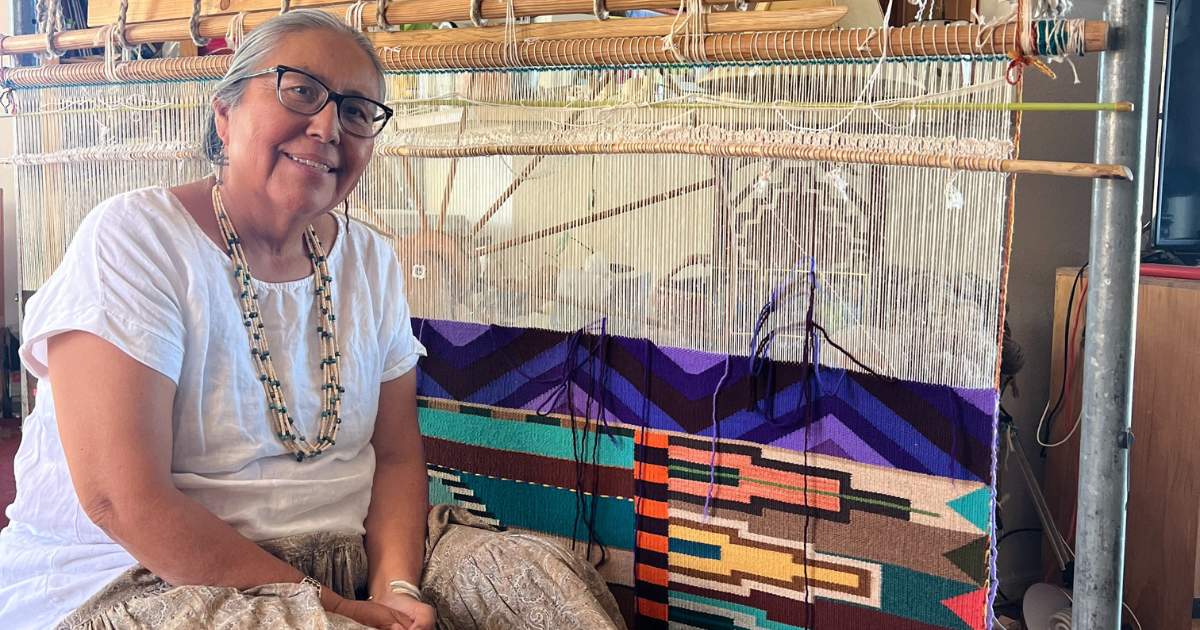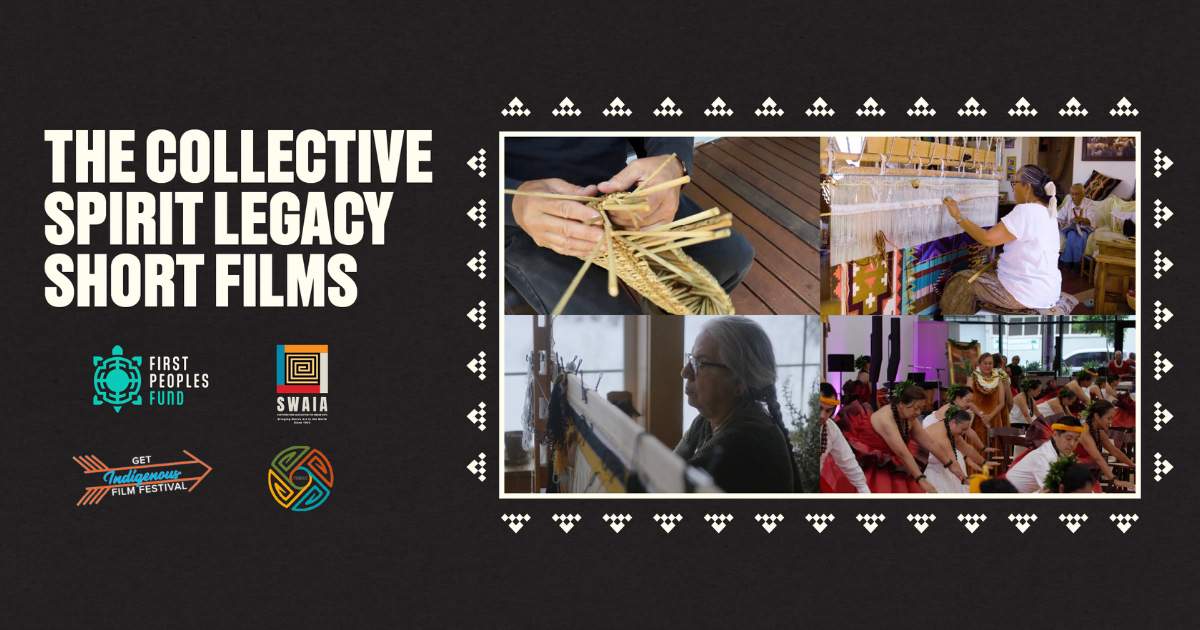
Decades of Cultural Revitalization, Preservation, and Perpetuation in One Life
By Sarah Elisabeth Sawyer (Choctaw Nation), Artist in Business Leadership Fellow 2015
Total darkness surrounded Elaine Grinnell (Jamestown S’Klallam and Lummi) except flickering light showing through cracks in the potbelly stove. The light illuminated her grandfather’s face as he calmly peeled apples and told stories during those World War II blackouts along the Jamestown Beach.
Even with barbed wire rolled out on the sandy beach and her mother working at the ammunition depot, Elaine forgot her fears as she absorbed each word. Her grandfather, David Prince, gave her the gift of storytelling.
“I just watched the expressions on his face and listened to the tone of his voice,” Elaine says. “I don’t think he realized what he did for me, and my mother never really understood how I was passing on our culture and traditions, and preservation of things that are nearly lost, such as our language.”
Living with her grandparents, Elaine found they wouldn’t speak to her in Klallam, but her grandfather used some of the vocabulary in his stories. Not only does Elaine do this now, she became a certified Klallam language teacher in 2003.
Art and tradition are tightly woven through Elaine’s life and won’t let her retire. She still tells stories several times a week at NatureBridge, an environmental literacy education program based at Olympic National Park.
“I have the best time with the kids,” Elaine says. “If we have handicapped, that’s fine, too. I’ve had little kids come up to me and put their hands on my throat so they can hear my voice. I’m just so happy that God and my grandfather and grandmother gave me this ability to enjoy what I’m doing. I’ve gone to Africa and Japan and had interpreters, and maybe they don’t understand it, but they respond to my actions.”
At 81-years-old, Elaine continues to serve on several committees and boards. Her steadfast dedication led her granddaughter, Khia Grinnell (Jamestown S’Klallam and Lummi), to nominate Elaine for a First Peoples Fund Jennifer Easton Community Spirit Award.
“She embodies so much spirit of the Klallam community. There’s a warmth about her that’s contagious.”
— Khia Grinnell (S'Klallam & Lummi), Elaine's Granddaughter
Elaine is one of the Pacific Northwest’s Native cultural and traditional treasures, and we were pleased to recognize her with a 2018 Community Spirit Award (CSA). In June, we visited Sequim, Washington to honor Elaine in her community. Over 100 people gathered at the community center from tribes in Washington, Canada, and Oregon, as well as First Peoples Fund staff from South Dakota.
“I was so thrilled,” Elaine says. “They gave me a blanket in honor of this award, and I put it on my bed, looked at it, and said, ‘It really is true, isn’t it?’ The First Peoples Fund representatives came from South Dakota clear out to Sequim. It’s way out on the Olympic Peninsula. But they found their way and came to visit and see what I was doing and where I was doing it. I’ll forever more be so deeply touched by that.”
Elaine recently went to Alaska and was able to visit with Marie Meade (Yup’ik), another 2018 CSA recipient.
“We talked about things we’ve done in the communities and compare differences and likenesses," said Elaine. "It was so interesting to listen to someone else’s culture. A lot of the things coincided with mine.”
Though storytelling is her predominate art medium these days, Elaine continues teaching three generations in her family cultural foodways and traditional basket weaving.
Along with showing her family how to gather, prepare, and weave Western Red Cedar bark, she practices traditional food gathering and cooking. She spent much of her life living on and around the Straights of Juan de Fuca (also known as the Salish Sea) where she dug clams, picked oysters, caught salmon, crab, and octopus and prepared them in traditional ways.
Elaine takes her cultural practices worldwide—or down the road to an ailing community member. “This week, I went to visit a lady who has an autoimmune system issue. She was so lonesome for Indian food, so my grandson and I took her clam chowder and fry bread. She just tore into it. That was so fun to see her smile.
“She and my grandson had a lot in common. I’m putting generations together. I want all my grandchildren to know people I know because they can benefit from their knowledge, their feelings, and their spirit.”
When Khia was a child, Elaine took her to do storytelling at events. Years later, Khia now tells stories on her own or in tandem with her grandmother. At gatherings, Elaine sometimes brings her baskets, hats, drums, and rattles. She explains how their traditional baskets and hats were used. Using drums and rattles, she brings a heartbeat to her stories and songs.
“I have watched my grandmother mesmerize adults with our traditional stories,” Khia says, “imparting our history and way of life. The presence she brings to a large room is astounding. If she misses a gathering, I can feel the void, along with others who then approach me to find out where she is and to make sure she is okay.”
Elaine and Khia serve together on the Northwest Native American Basketweavers Association board. For many years, Elaine emceed the annual gathering and plans to do it for the last time this year. Or so she says.
She has already tried to retire three times, but her love of community and culture always calls her back to the work she loves.
Elaine began recording her oral stories for preservation and plans to use funds from her Community Spirit Award to finish for a total of 4 volumes.
“It scares me to death that I’m going to wake up one day and not remember my stories,” she says.
For decades, Elaine has worked for the revitalization, preservation, and perpetuation of her people’s culture.
“Right now is the most beautiful part of my life,” Elaine says. “I can’t think of a better way of walking on after you’ve told stories about your culture and to be proud of it.”






































































































